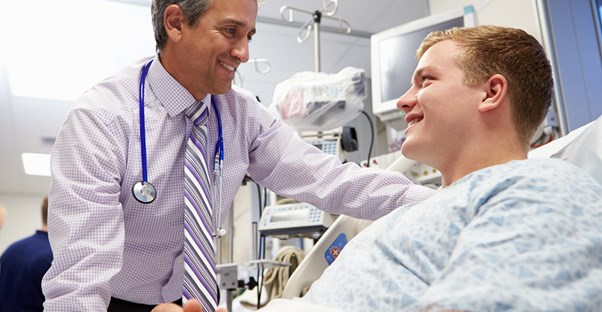Gynecomastia is an embarrassing condition that affects roughly 15% of all men at some point in their lives. While the medical risks of enlarged breast tissue in men are low, the potential for emotional trauma is high because it’s so visible and socially debilitating. This overview will provide you with everything you need to know about this common but little-discussed condition.
What is gynecomastia?
Gynecomastia is the presence of enlarged breast tissue in men. It’s most commonly found in infants, teenagers, and older men, but it has the potential to develop at any age. Keep in mind that gynecomastia is distinct from the presence of breasts due to obesity, which is caused by deposits of fat on the chest.
What causes gynecomastia?
The primary cause of gynecomastia is a hormone imbalance, which occurs when a man’s estrogen levels increase in relation to his androgen levels. This flux in hormones occurs naturally after birth, during puberty, and in middle age, when men’s testosterone levels begin to drop.
Certain substances also put men at risk for gynecomastia. These include some antibiotics, anti-retroviral medications, and illegal drugs such as marijuana and heroin. There are some medical conditions that can cause gynecomastia as well, such as malnutrition and testicular cancer. These occurrences are much rarer, though.
What can prevent gynecomastia?
Unfortunately, there is not much that can be done to prevent this condition. Making adjustments to your medications can help if you’re currently taking something that promotes gynecomastia, but that’s about it. Most cases of gynecomastia are simply a matter of genetics.
What can treat gynecomastia?
Most cases resolve themselves in six months to a year, so most physicians will recommend observing the situation for awhile before taking steps to treat it. There are several medications that have been considered as potential treatments, but research on their effectiveness is scant, and none have been approved by the FDA.
In extreme cases, patients will sometime resort to surgery to resolve their gynecomastia. The process is identical to performing a breast reduction procedure for women.
What are the risks of gynecomastia?
The only known risk of this condition is an increased chance of male breast cancer—men suffering from this condition are five times more likely to develop it than others. While this sounds extreme, keep in mind that breast cancer is about 100 times less common in men than it is women, which means that a man with gynecomastia still only has about a 1 in 1000 chance of developing it.




